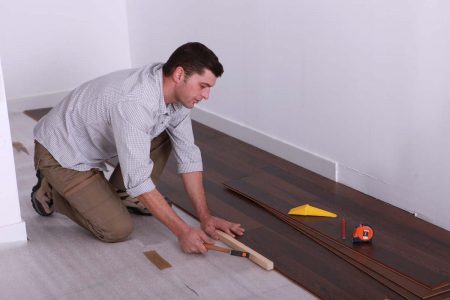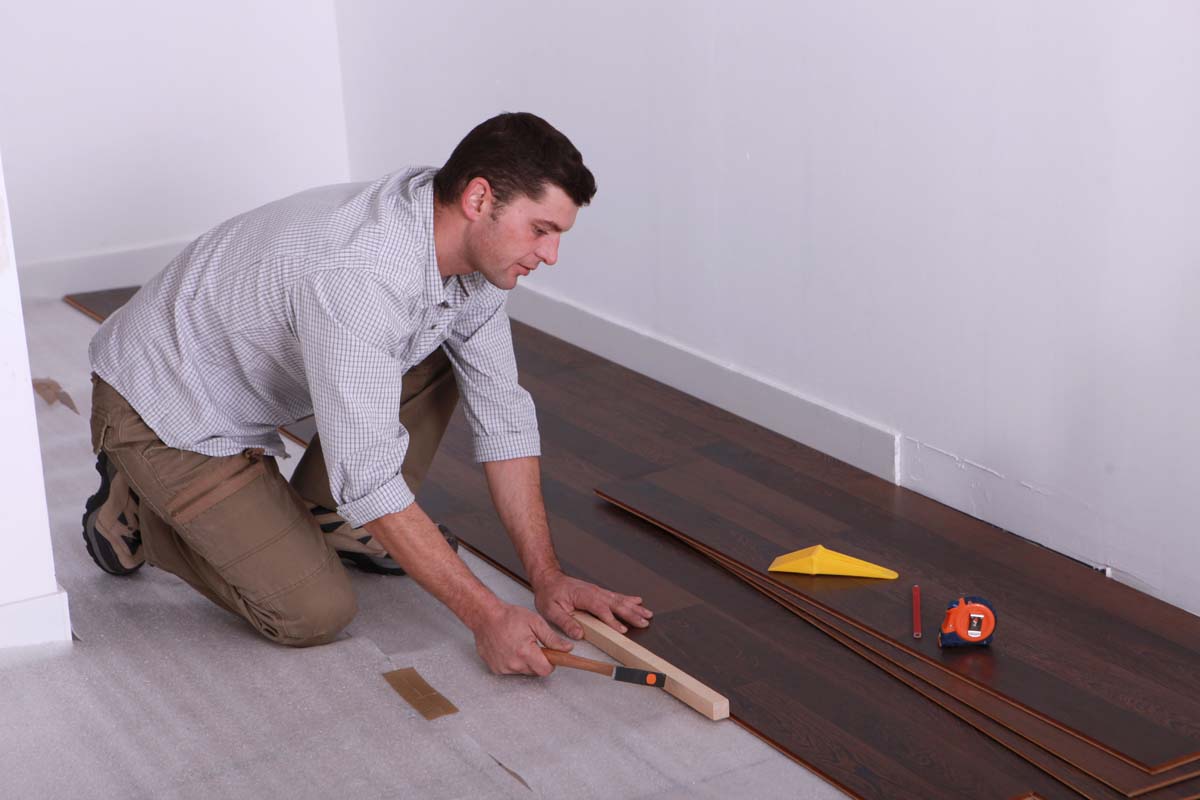 There are numerous flooring options available, but you shouldn’t be overwhelmed. Instead, you should focus on locating a cost-effective option that is attractive and durable over time.
There are numerous flooring options available, but you shouldn’t be overwhelmed. Instead, you should focus on locating a cost-effective option that is attractive and durable over time.
Hardwood has a long history of use and continues to be one of the most popular flooring materials. It can complement the design of any residence, whether the interior is contemporary or traditional. Additionally, hardwood floors can increase the value of a home. This flooring is biodegradable, natural, and durable. Additionally, it is available in a variety of grain patterns and tones, allowing you to find a design that complements your home.
Walnut, oak, cherry, maple, and hickory are the most popular woods for residential flooring. Before choosing the species of hardwood you want for your floors, you should compare solid and engineered floors. You should also consider various finishing options. Below, you’ll find additional information on selecting the ideal flooring for your home.
Comparison of Solid and Engineered Hardwood Flooring
Traditionally, solid wood boards are used to construct hardwood flooring. If you choose engineered floors, however, you will have more application options. Additionally, this type of flooring is slightly less expensive.
Solid flooring boards are manufactured from a single piece of timber. Engineered floorboards consist of a multilayer base with a layer of real hardwood on top. Prefinished solid red oak flooring can be purchased for approximately $5 per square foot. Similar engineered flooring will cost approximately $1 to $2 less per square foot. Before making a decision, it is essential to consider the benefits and drawbacks that go beyond price.
Solid Wood Flooring:
* Can be refinished multiple times. This means that your floors can remain in pristine condition for decades or longer.
* Are designed for installation over wood subfloors. Individually placed boards are nailed to the subfloor below. Due to the necessity of nailing, it can be installed over a concrete subfloor.
* Will not function for installations below grade. Because there will be a greater amount of residual moisture and humidity, the flooring may warp.
* Can cup when the relative humidity is high. As each board is nailed along the edge, boards can press against one another when the wood begins to swell, causing them to rise along the seams. This may leave the floorboards with a central depression.
* The wood may contract, resulting in gaps. Over time, the wood may dry and contract, resulting in the formation of gaps between seams. This can be avoided by acclimating the boards to the room’s temperature for at least two weeks prior to installation.
Engineered Flooring:
* Consists of multiple thin layers. The layers consist of resin, polymers, and wood that has been compressed. The top layer is genuine hardwood.
* Can be installed over a variety of flooring types. The planks are not attached to the subfloor. Instead, grooves on the sides of each plank are used to snap them together. The boards are not actually fastened to the subfloor. This allows for installation over a variety of flooring types, including linoleum, tile, and wood. It’s only necessary for the existing floor to be level.
Typically appropriate for basement installations. The polymers and resins utilized in engineered flooring can withstand higher levels of humidity. Nevertheless, moisture resistance levels can vary by brand, so you’ll want to confirm that the floors you’re considering are suitable for basement installation.
* It may be possible to refinish. Some manufacturers utilize a thicker top layer of hardwood. According to the manufacturers, the top layer is refinishable in one of two ways. The majority of engineered hardwood floors, however, cannot be refinished.
* There will be no problems with gapping or cupping. When engineered floors are installed, expansion space is left around the perimeter of the floor. If the floors do contract or swell, this area will accommodate the additional movement, maintaining the floors’ levelness.
* Does not require finishing following installation. The flooring is already finished.


